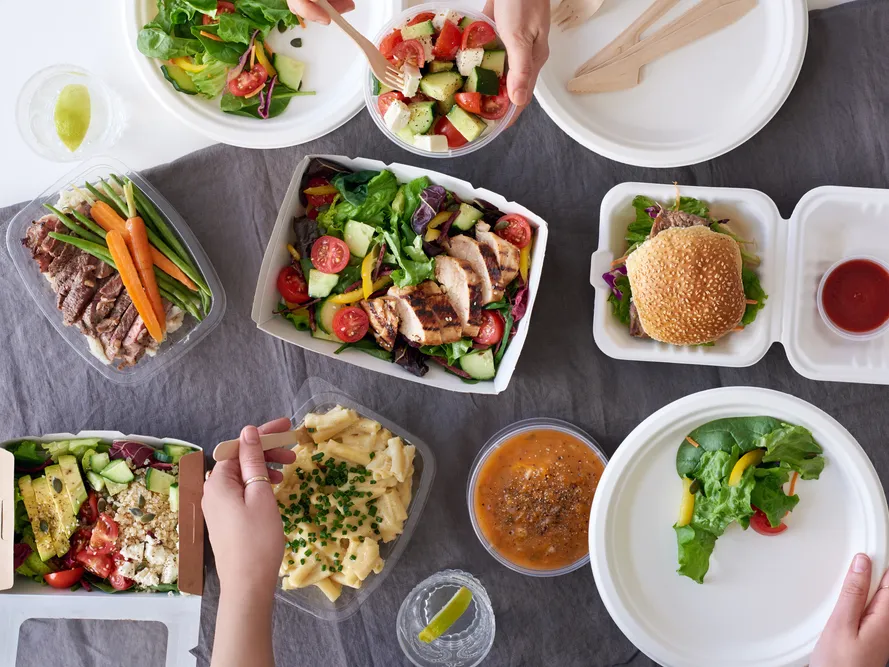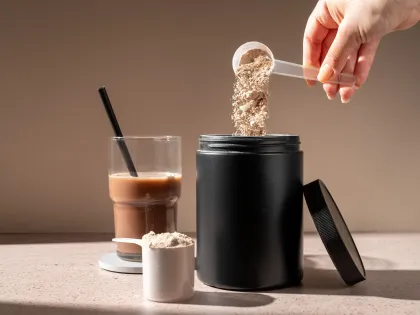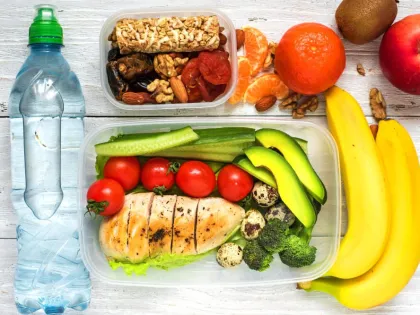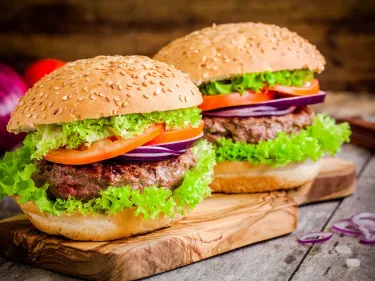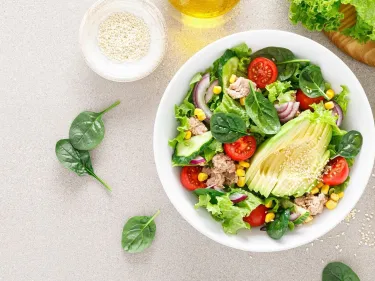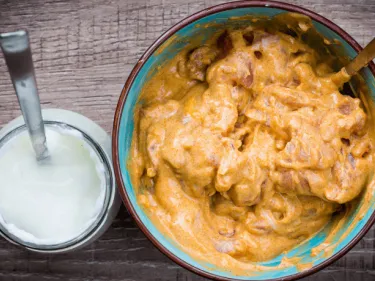The research tells us that people eat takeaway, café or restaurant foods often, spending on average $75 per week on foods eaten away from home. People who cook more foods at home are more likely to have healthier eating habits. However, if you often find yourself eating takeaway, café or restaurant meals, then thinking about how to make healthier choices whilst out and about will help to be a healthy eating champion and achieve your personal nutrition goals.
Read some of our tips on how to make healthier food choices when purchasing takeaway, café or restaurant meals below:
Menu items and meal size.
Tune in to your hunger. It might be tempting to order an entrée, main and dessert, with a side or two, or to upsize your meal because the meal deal is too good to refuse, but this is likely to undermine your personal nutrition goals. Sometimes it is the advertising that get you ‘in’ or because you are super hungry at the time of ordering. If the offer is too good to refuse, consider sharing some of your meal with others. Some food venues offer the option of choosing smaller sizes of their menu items. Consider whether a smaller meal size would be sufficient to satisfy your hunger and energy needs.
Add a side of vegetables
Many menu items are lacking in vegetables. Your burger will probably come with a piece of lettuce and two slices of tomato, but overall, it could still be less than 1 serve of vegetables in total. (Note that a serve of vegetables is consider 1 cup of salad) . Whilst not necessarily being nutrient poor (depending on your order), increasing the vegetable content by ordering a side salad, or steamed vegetables, swapping out the usual side of chips or bread can reduce the number of total kilojoules (energy) you consume overall, whilst increasing your intake of vegetable with the extra fibre, vitamins and minerals that they contain.
Consider your sauces and dressings
Sauces and dressings add flavour and interest to meals. However, sauces and dressings often contribute extra kilojoules to a meal. Because they are typically based on ingredients like cream, butter, coconut milk or cream, oils and mayonnaise, they are typically higher in saturated fat, added sugar and salt (sodium).
Choose tomato based or vegetable-based pasta sauces, stir fries, grilled meat dishes, thin crust pizzas, soups, and salads, and request that dressings be served on the side, to allow you to monitor and reduce the amount you use.
Don’t forget your drinks
Soft drinks, juices, as well as alcoholic drinks (and non-alcohol varieties) and hot drinks such as coffee and hot chocolate contribute to your total kilojoules and nutrient intake.
Soft drinks are energy dense, and high in added sugar contributing little in terms of vitamins and minerals. Consider choosing diet soft drinks or opt for soda water or plain water instead.
The energy provided from alcoholic drinks varies significantly with the type and style of drinks. If you choose to drink alcohol, follow Australia’s alcohol intake guidelines.
Choose skim or reduced fat milk alternatives when purchasing coffees and other hot beverages based on milk to reduce the overall energy intake.



